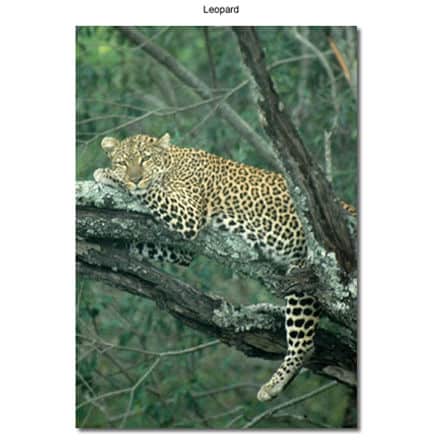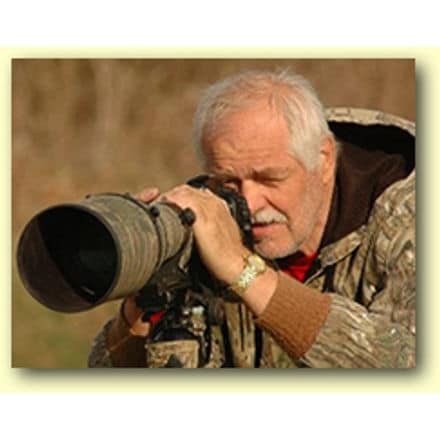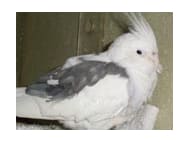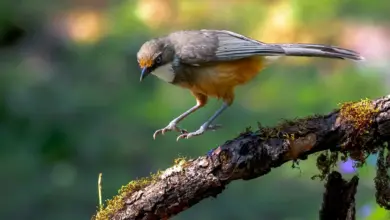Photography: Woodlands
Temperate woodlands are rich environments for photographs, rich in spring wildflowers, rich in textures, rich in animal life, rich in birds, rich in varieties of plant and plant sizes, and rich in problems of contrasting light.
Woodlands offer great opportunities because trees create a number of different habitats, trees of different heights above the ground, yet all in one place. At the canopy of the trees are flimsy branches covered with leaves and at the base are the plain bark-covered trunks.
Closer to the ground are the shrubs and bushes (where less light filters through), and still closer to the ground are the ground covers and leaf litter covering the woodland floor. Because of the different layers, the animals have different needs so much less competition takes place for food between species.
For most scenic images taken in the woodland, these images generally involve finding an open area where the surroundings are less obvious and simplifying that area for an image.
The mass of branches, trunks, and leaves can make confusing patterns and obstruct distant shots. If stalking in the woodlands (especially wearing camo) this becomes an easy task because of all the things available to conceal oneself.
But these same groups of undergrowth that conceal also have a tendency to intrude in one’s images and careful watchful placement of one’s tripod is necessary to get that clear view.
Clear views are at a premium in the woodlands…….to increase one’s chances look for clearings, ponds, bogs, and river banks, or use the weather to separate the zones into scenes. Fog and sunbeams work nicely for that.
In a relatively open forest, tree trunks receding into the distance become a depth-of-field challenge. Even at f22, everything may not be sharp. With the animals in these settings try using a lesser depth of field as a f5.6 or f8 and this helps draw attention to the animal by blurring the foreground and mid-ground vegetation.
There are so many habitats within the woodlands that it is difficult to know what lighting conditions one will be using. When the trees are in leaf, the shade within the forest is deep. This causes a lighting problem and a tripod is a must for most subjects….or the use of a highly sensitive film with lots of grain or a high ISO in digital.
When the canopy is thin and light does break through, contrast is high, especially in summer. The shaft of light can be interesting when it picks out and highlights a special flower or animal, but when it dapples a scene, it only adds to the chaos and confusion of the habitat.
The range of brightness in these conditions can be as high as 5-6 f stops. This then becomes the challenge and not the composition.
On sunny days, where shafts of light are submerging through the canopy, is a proper time to use the gadgets one should have. The large screen used to cast shade on that wildflower so one gets a true image rather than the harsh shadows intermingled with the petals.
Flash is also one of these gadgets…..the light takes on a green color instead of the white color it is supposed to possess causing everything to have a green tint.
Thus when shooting in the woodlands, keep your mind on what you doing…..and shoot on cloudy bright days or hazy sunlit days, and create order from chaos, and a winner will appear on the viewing screen.
Beauty Of Birds strives to maintain accurate and up-to-date information; however, mistakes do happen. If you would like to correct or update any of the information or even submit an article or pictures, please contact us. THANK YOU!!!




